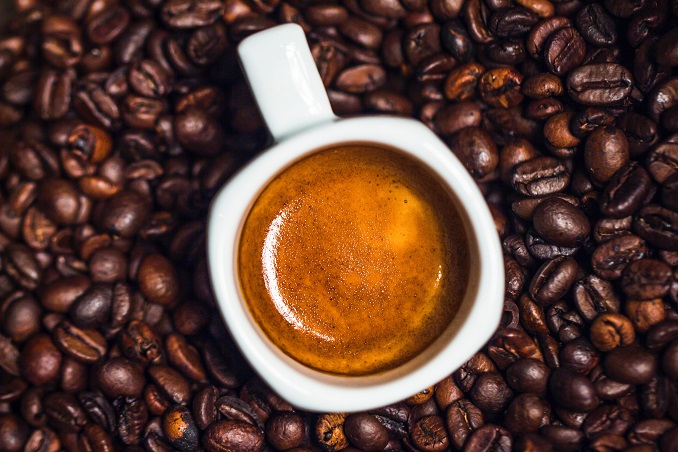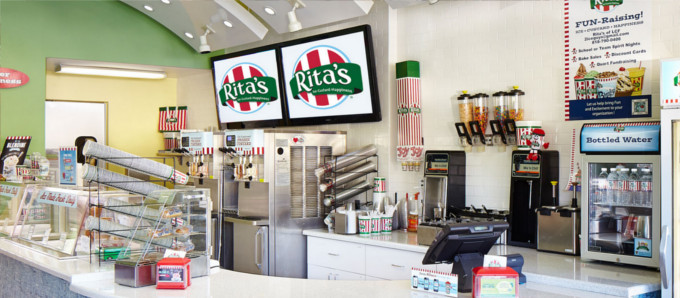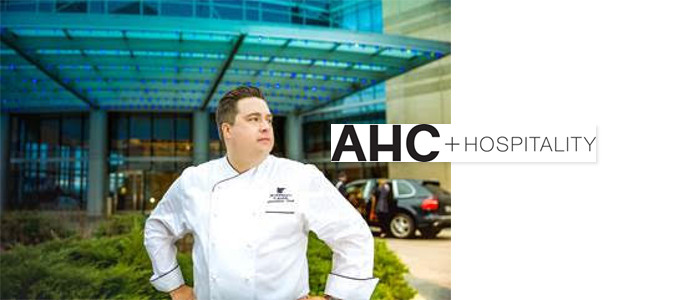Coffee is the second only to oil as the most valuable commodity exported and traded across the world, with 400 billion cups of it are consumed every year. Coffee has a prominent place in our culture, and while any cup might do to get us out of bed in the morning, there’s much more to a really good cup of coffee than pouring hot water over coffee grounds: brewing methods make a difference. In fact, coffee specialists argue that there’s a science behind the perfect espresso, which explains why you know when you’ve found a really good barista and a coffee that hits the spot like no other.
Behind The Scenes
A high-end barista is both an artist and a scientist. What we see when we order a flat white is simply someone making and serving a coffee. What’s really going on is a complicated equation matching the right roast — ground to a precise size — with the correct water pressure, temperature and compression. The science of the perfect espresso has been studied extensively. There are even equations that can be applied to the process of extracting over 2,000 flavor and scent molecules to deliver the perfect cup.
Striving For The Identical Shot
The problem a barista faces is reproducing an identical cup every time. Computational chemist Chris Hendon has been working on a solution to this for six years. He believes he has a formula for managing the variables in order to achieve the same flavor and texture profile of an espresso every time. Hendon’s equations focus on delivering a high yield from a small amount of coffee, and he estimates that applying his formula to the coffee industry would save the commercial coffee industry $1.1 billion a year.
The focus on yield is controversial, however. Head barista of Wrecking Ball Coffee in San Francisco, Nick Cho, believes that this would commercialize coffee at the expense of its nuance. The two points of view are essentially an argument between science and art. High yield, low cost sameness may suit global chains like Starbucks where an identical brew is the primary aim, but the coffee connoisseur expects something more than predictable coffee. “The flavor and the aroma of the coffee, the flavor notes, these are the things we’re concerned about,” says Cho.
Bringing Quality To The Home
Hendon says his formula is about more than high yield, however, and his aim is to provide baristas and home coffee brewers with the confidence that each cup they serve is guaranteed to have a precise, high-quality flavor profile. “Espresso is quite complicated,” he says, “and we’ve presented a way for baristas, home users, anybody interested in using an espresso machine to navigate this space.” Indeed, the availability of espresso machines for the home now allows the coffee connoisseur to enjoy a good espresso from the comfort of their own home, with brewing features that promote extraction and good flavor. Being able to apply Hendon’s formula would allow them even greater control without being a coffee specialist.
This doesn’t do away with the idea of coffee as an art either: those same people enjoying an excellent espresso at home will still seek the nuance of an artisan coffee, and the true connoisseur values difference in every cup — so long as the quality’s good. Tweaking the variables is where art meets science, and the joy is in the difference and the nuance of flavor in every shot.
A high quality bean and a good machine is just part of the story behind the perfect espresso. Behind the scenes, science and artistry work together to produce the best coffee. Knowing the formulas is key, but knowing what to do with them is where the genius happens.







